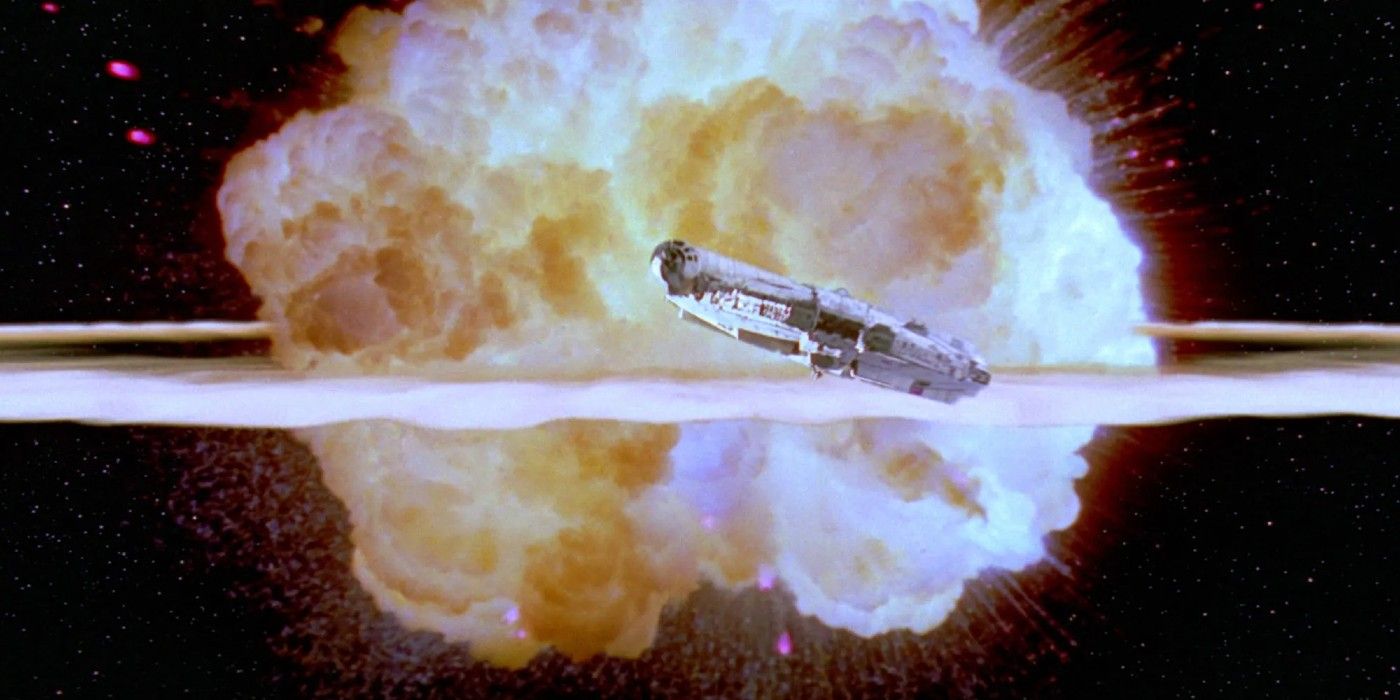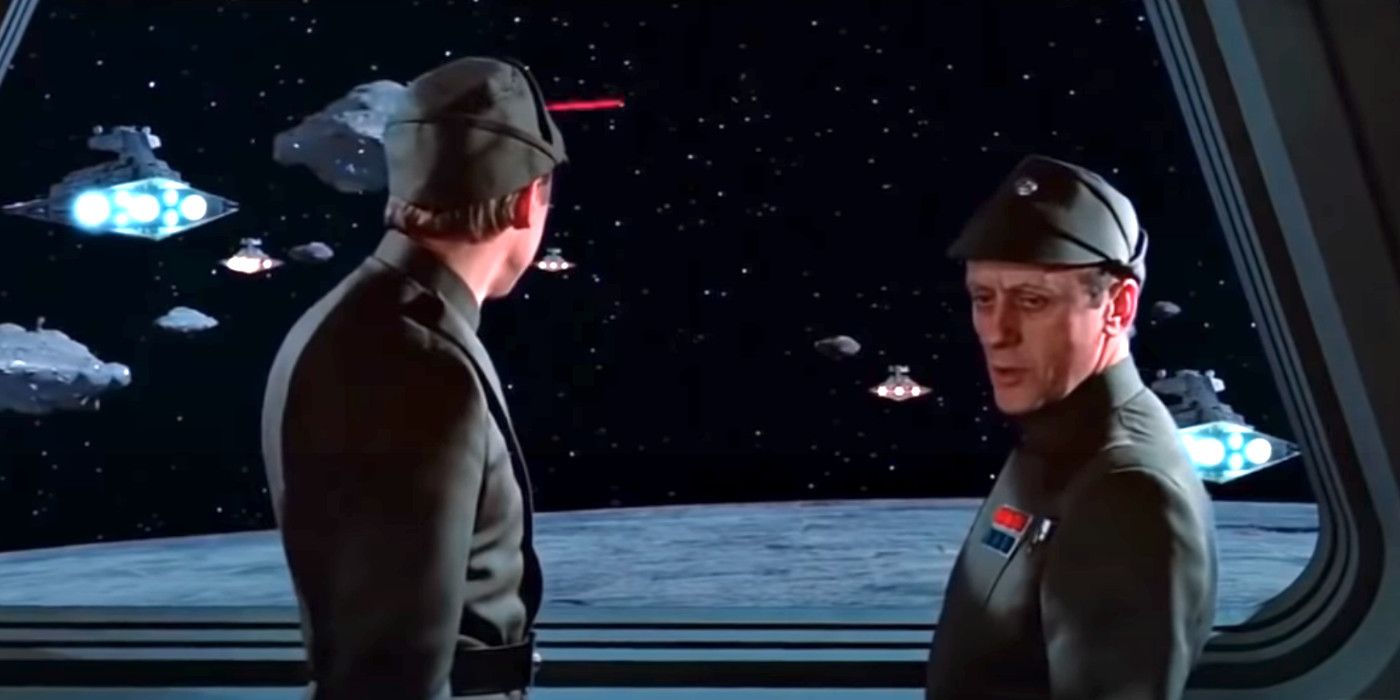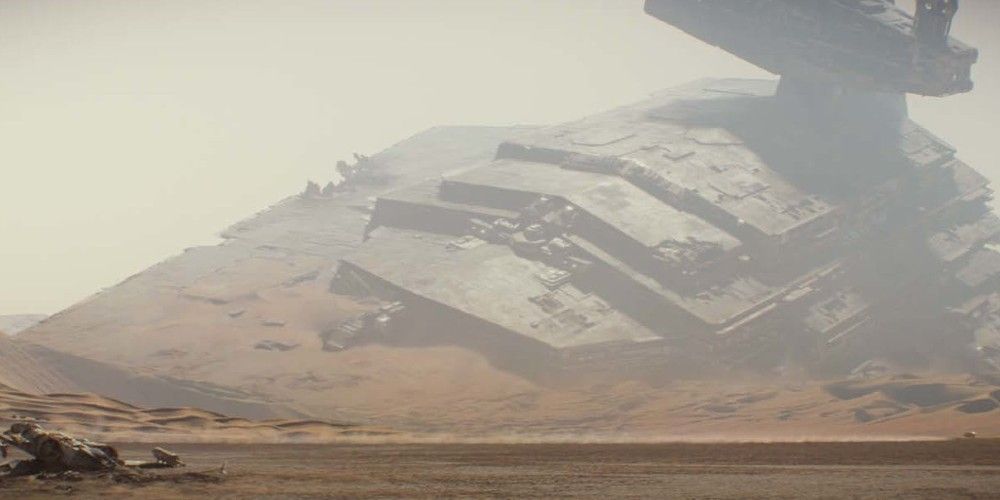With Star Wars: Return of the Jedi resulting in the destruction of the second Death Star, the Rebel Alliance scored their biggest victory to date. Yet with the massive Imperial Army spread across the galaxy, the Empire, unfortunately, didn't end the day Palpatine died. So, for how long did the Empire survive after the original Star Wars trilogy?
While there were still thousands of planets under Imperial rule, the death of the Emperor brought a huge amount of chaos. For a time, most couldn't tell if it was real or Rebel propaganda. But as Imperial officers were being informed, things started to fall apart, with a huge power-grab commencing amongst all the higher-ups. The first to successfully take charge was Moff Valco Pandion, who appointed himself as Grand Moff and represented the Empire. Although, like many others, he was eventually killed so that another could take his place.
At the same time, Operation Cinder came into effect. This secret plan was the final act of Palpatine, who programmed droids to give the order if he were to ever die. Operation Cinder ordered that any planets who supported the Rebellion be destroyed, including numerous worlds that were under Imperial rule. This served as Palpatine's final attack on the galaxy, as it both wiped out thousands of Rebels and brought down much of the Empire. With his immense pettiness, Palpatine believed that if he couldn't have the Empire, then no one can. And so, everything he had worked to build was to be destroyed.
With the Empire having to attack Imperial worlds, many were left confused by the questionable orders, and their push-back was larger than ever. With things rapidly falling apart, Grand Admiral Rae Sloane took charge and became the face of the Empire. However, she and a number of Imperial higher-ups knew that the Empire was doomed to fall, and so they began to devise a plan to hide and rebuild the Empire in the unknown regions of the galaxy.
Another Imperial by the name of Gallius Rax attempted to back-stab Sloane but failed as she went into hiding. With Rax being all that was left, he brought all the Empire's remains to the planet Jakku. Here, he purposefully staged a last stand for the Empire, where it was to finally fall as a distraction for him running away. However, Rax was killed during the battle, and the Empire met a devastating end.
The Battle of Jakku took place exactly one year and four days after Return of the Jedi and is considered to be the last day of the Empire. Although in the week to follow, the politician Mas Amedda became the face of the Empire, and officially signed their surrender to the New Republic. And so, considering just how huge and influential the Empire was, it all fell apart incredibly quickly. All because of Palatine's Operation Cinder, the clumsiness of the Imperial command, and the secret plan of starting the Empire anew.
While the Empire was officially destroyed in just over one year, it's debatable if it really did end. The Mandalorian takes place five years after the Emperor's death, and yet small Imperial factions still remain. Also, numerous Imperials hid away for years and slowly built up the First Order into the massive army seen during the sequel trilogy. And so, it can be argued that the Empire truly ended 31 years later, during Star Wars: The Rise of Skywalker.



